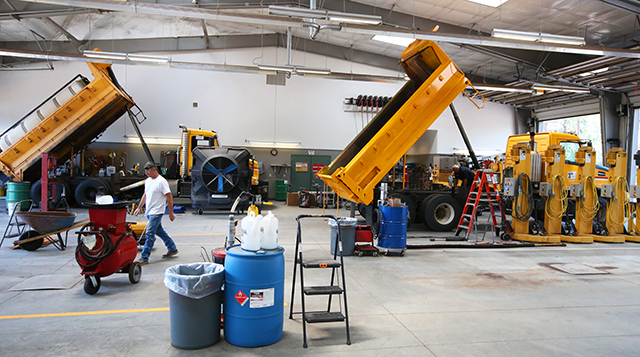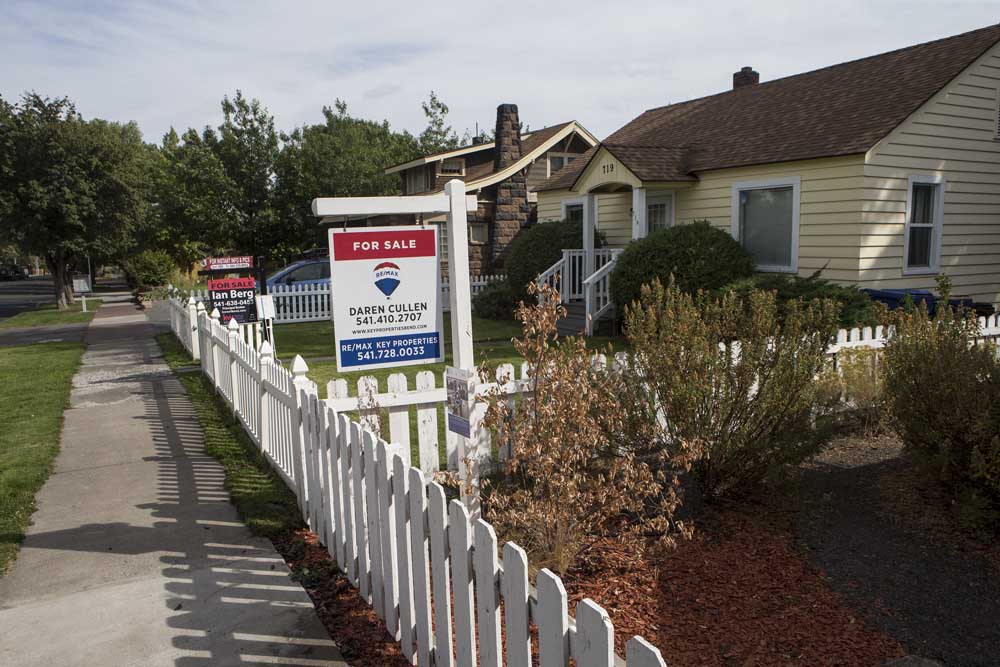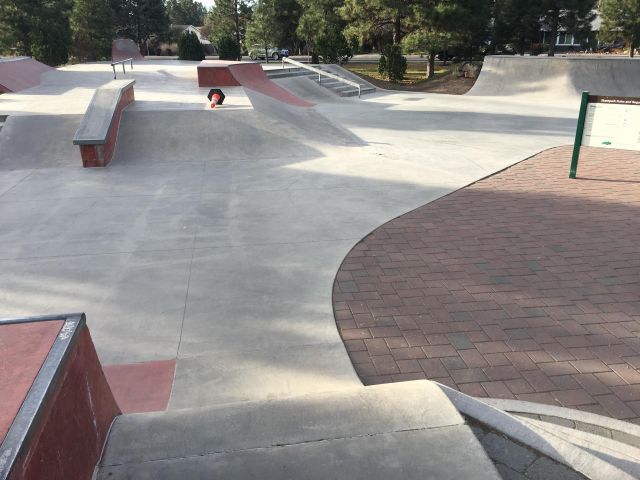Not for web
Published 9:00 pm Thursday, November 28, 2024
If you are a Democrat depressed about the results on Nov. 5, we regret to say you’re probably not quite depressed enough. That’s because you probably haven’t looked at the latest forecast from the American Redistricting Project. Based on current population trends, the group expects that after the 2030 Census, California will lose four House seats, New York three, Illinois two. Minnesota, Rhode Island, Pennsylvania and Oregon are each projected to lose one. That’s a loss of 12 House seats in blue states and one in a swing state (Pennsylvania). The likely gainers, meanwhile, have a noticeably reddish cast.
This will affect not just congressional representation but also the electoral college. Democrats already have some hard work ahead repositioning the party for victory. The fact that blue states are losing population while red states are gaining makes that task even harder.
Trending
We suggest that the best place to start is in the very states that are losing population. Ideally, Democrats could point to the states where they control government, and their largest cities, as demonstration projects that show Democratic policies could work for the nation. At the moment, they are not.
New York has the highest individual tax burden in the country. California and Illinois are close to the top. They should be able to boast that these levies are a good deal — the price citizens pay for excellent public services: the smoothest roads, the cleanest streets, the nicest public transit, the safest neighborhoods, the loveliest parks and the best schools. Their economies should be paragons of dynamism and growth.
Ten years ago, we might have argued that our bluest metro areas and states were mostly fulfilling this mission. Today, the troubles are all too evident. Even as the pandemic-era crime wave has receded, public disorder mars too many blue bastions like San Francisco and Chicago. Retail stores have locked their wares behind glass and instituted onerous security measures to combat shoplifting. Too many people are living on the streets who ought to be appropriately housed.
But the worst problem many of these areas have is their seeming inability to build anything at a reasonable cost, especially affordable housing. One reason so many people are fleeing blue states such as New York and California is that their major metropolitan areas are consistently the highest-cost places to live. Though highly paid professionals can cope, ordinary workers find they have to move to make ends meet.
The higher cost of building is often defended as the price of important regulatory priorities, particularly environmental protection, yet the lack of new infrastructure often puts green priorities at risk. California’s high-speed rail project, a carbon-reducing transportation program approved by voters in 2008, is more than a decade behind its original schedule and its cost estimates are now almost $100 billion over its initial budget. Meanwhile, a public-private partnership in Florida proposed, constructed and began carrying passengers on a new service between Miami and Orlando that has a top speed of 125 mph. According to the American Clean Power Association, Texas has now surpassed California in utility-scale solar capacity.
With the best of intentions, Democratic-run state governments have allowed burdensome regulations and bureaucratic inertia to stifle growth and allowed special interests to stymie construction of housing, infrastructure and other necessary projects. Public projects now sometimes work better as a jobs program for various consultants, nonprofits and politically influential unions as a way to meet the needs of the broader public.
Trending
A YIMBY — yes in my backyard — movement is scoring victories in places such as Arlington, Virginia, where leaders are pushing to cut zoning rules that bar building townhouses, garden apartments and other affordable housing options.
More and more drastic reform is needed, not just for the sake of the Democratic Party but for the sake of the cities and states where it dominates local politics. The residents of these places deserve cost-effective government. If they don’t get it, they’ll continue voting with their feet.








